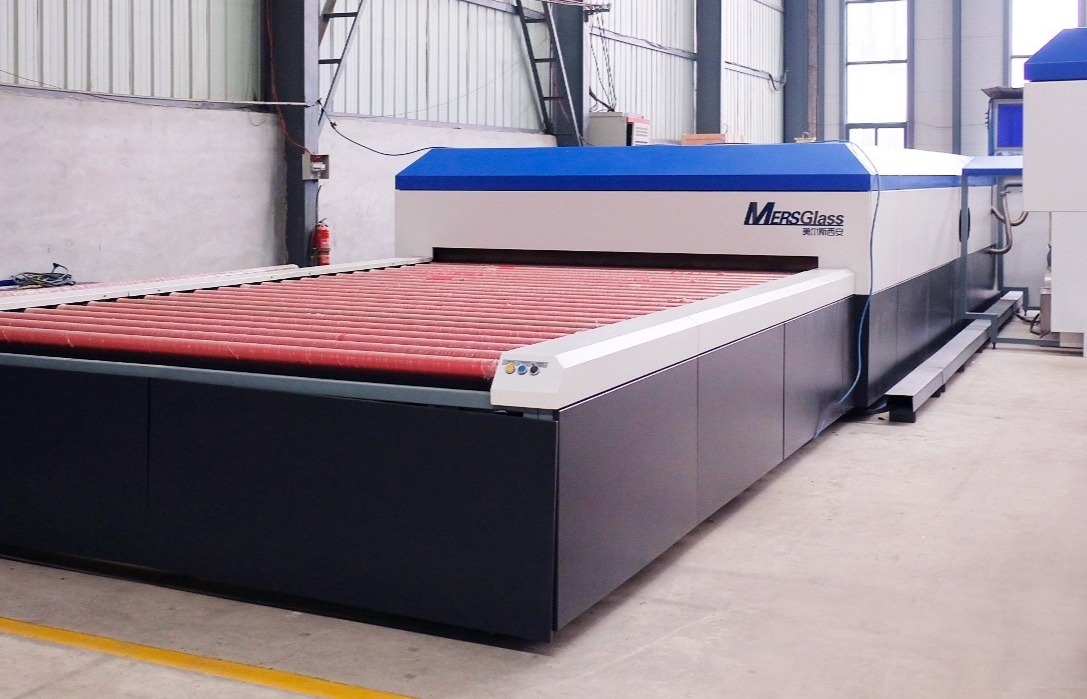
# Non Autoclave Glass Laminate Machine: Revolutionizing the Glass Industry
## Introduction to Non Autoclave Glass Laminate Machines
The glass industry has witnessed significant advancements in recent years, with non autoclave glass laminate machines emerging as a game-changing technology. These innovative machines offer a more efficient and cost-effective alternative to traditional autoclave-based lamination processes.
## How Non Autoclave Lamination Works
Non autoclave glass laminate machines utilize advanced pressure and temperature control systems to bond glass layers without the need for high-pressure autoclaves. The process typically involves:
– Precise temperature regulation
– Controlled vacuum pressure
– Specialized adhesive systems
– Optimized curing cycles
## Advantages Over Traditional Autoclave Methods
The shift to non autoclave technology brings numerous benefits to glass manufacturers:
### Cost Efficiency
Eliminating the need for expensive autoclave equipment significantly reduces capital investment and operational costs.
### Energy Savings
Non autoclave processes consume less energy compared to traditional high-pressure methods, making them more environmentally friendly.
### Faster Production Cycles
With reduced processing times, manufacturers can achieve higher throughput and quicker turnaround for orders.
### Improved Flexibility
These machines allow for easier adaptation to different glass sizes and specifications without extensive retooling.
## Applications of Non Autoclave Laminated Glass
The versatility of non autoclave laminated glass makes it suitable for various applications:
– Architectural glazing
– Automotive windshields
– Safety glass for buildings
– Decorative glass panels
– Bullet-resistant glass solutions
Keyword: non autoclave glass laminate machine
## Key Features of Modern Non Autoclave Machines
Today’s advanced non autoclave glass laminate machines incorporate several innovative features:
### Automated Control Systems
Precision digital controls ensure consistent quality and repeatability in the lamination process.
### Multi-layer Capability
Some models can handle multiple glass layers simultaneously for complex laminated products.
### Integrated Quality Monitoring
Real-time sensors and inspection systems help maintain high product standards.
### Compact Footprint
Space-saving designs make these machines suitable for facilities with limited floor space.
## The Future of Glass Lamination Technology
As the demand for energy-efficient and cost-effective manufacturing solutions grows, non autoclave glass laminate machines are poised to become the industry standard. Ongoing research and development continue to improve their capabilities, making them even more versatile and productive.
Manufacturers adopting this technology can expect to gain a competitive edge through reduced production costs, improved sustainability, and enhanced product quality. The non autoclave approach represents a significant step forward in glass processing technology, offering benefits that extend across the entire supply chain.